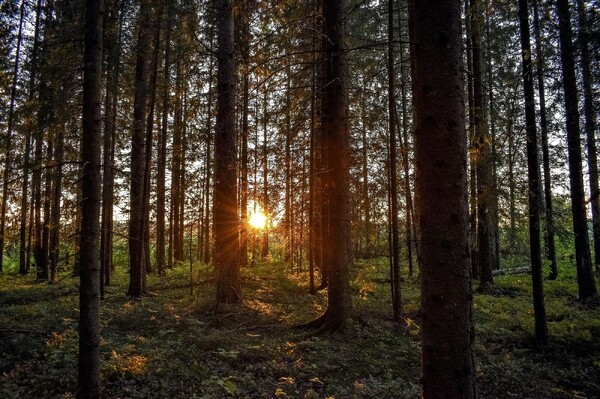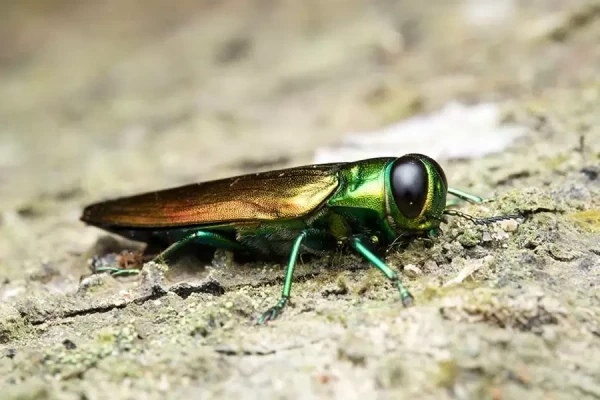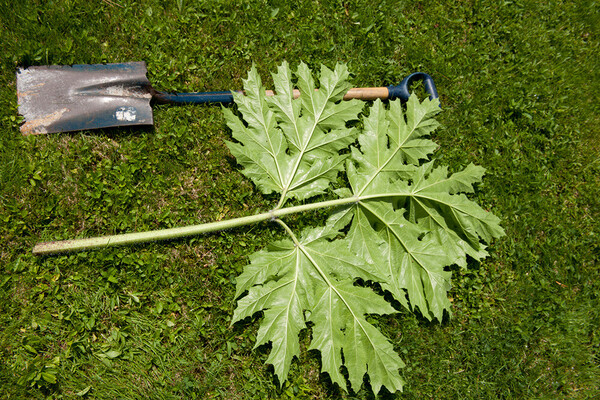

Photo: Gouvernement du Québec

Photo: Gouvernement du Québec

The emerald ash borer was first detected in North America in 2002, but probably arrived on the continent at least a decade earlier. This Asian beetle has proved highly destructive. Since its arrival, it has destroyed millions of ash trees and continues to spread to new regions, causing considerable economic and ecological damage.
To report the presence of EAB on your property, please visit the Brome-Missisquoi MRC website via the link below. If you suspect the presence of EAB, please contact our municipal environmental officer to guide you through the next steps.
For more information on this invasive species and how to detect it, please consult the following link:
Giant hogweed (Heracleum mantegazzianum) was introduced to the American continent for horticultural purposes and first recorded in Quebec in 1990.
In Quebec, it is an invasive exotic plant. Its sap contains toxins. These are activated by light and make the skin extremely sensitive to sunlight, causing damage to superficial skin cells (burn-like lesions, painful and sometimes severe).
To find out how to properly identify this plant, how to limit its spread in your environment and what measures to take in the event of exposure*, consult the website of the Ministère du développement durable, de l'environnement et de la lutte aux changements climatiques (MDDELCC).
*Source: Ministère développement durable, de l'environnement et de la lutte aux changements climatiques
We also invite you to report any suspected presence of this plant on your property to the municipal environment officer. A visit will be made to confirm its presence and establish a plan for its eradication.